How to explore Ernest Hemingway’s Cuba
Follow in the footsteps of one of America’s greatest writers as Havana celebrates its 500th anniversary
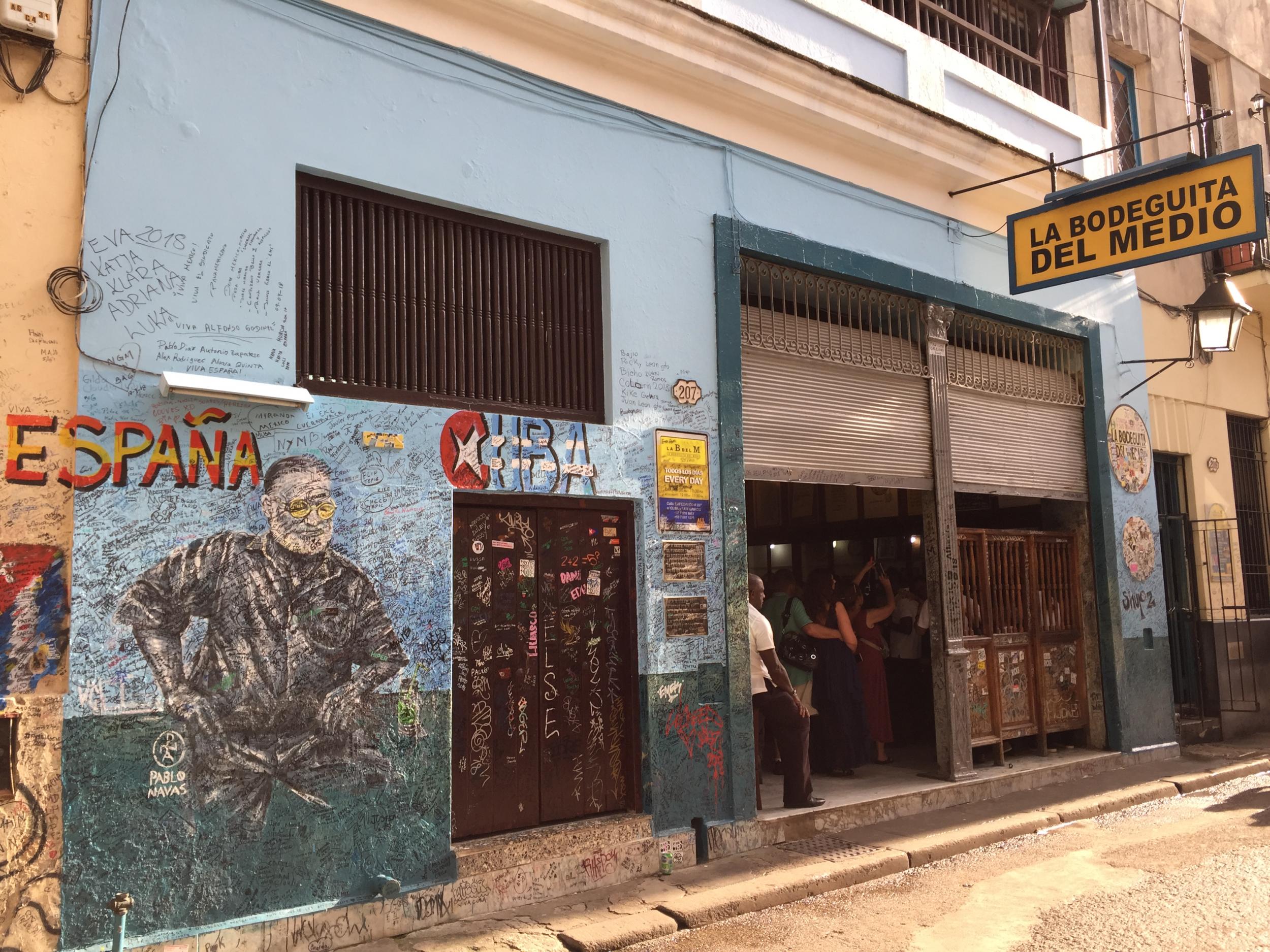
“Ambos Mundos was where Hemingway’s love affair with Cuba all started,” said Esperanza, the custodian of the legendary author’s former hotel room in Havana. I had unwittingly picked up Cuba’s Hemingway trail right at its source – a fraying Art Deco hotel in the heart of the Unesco-listed old quarter.
From behind Hemingway’s typewriter in room 511, where he wrote three novels standing up because of an old knee injury from the war, I could see the terracotta rooftops sliding off towards the old harbour, with the currents of the “great blue river”, as he called the Gulf Stream, threading through the ocean beyond.
I had travelled to Cuba’s capital Havana on the eve of the city’s half-millennia birthday – the city was founded on its present site in 1519 and will celebrate its 500th anniversary next year – to hunt down the legacy of the literary giant who became an honorary Habanero affectionately nicknamed “Papa”. Ernest Hemingway first visited Cuba in 1928. It was only for two days, but it was enough time for him to fall in love with it. From books such as The Old Man and the Sea to Islands in the Stream, this became the country of Hemingway’s imagination and one where the author lived on and off for more than 30 years.
In room 511 I observed his Louis Vuitton travelling trunk, his size 11 shoes, and a mini exhibition of artworks given to him personally by the likes of Picasso. Hemingway’s regular route from the hotel would take him around the corner to La Bodeguita del Medio, a bar tucked into a narrow street that serves up his much-loved mojitos by the half-dozen. Then he would visit El Floridita to down daiquiris en route to the Sevilla hotel, where he slept. It’s a straight walk down Obispo street from the hotel, so what better way to walk in the legend’s shoes than by doing a Hemingway bar crawl?
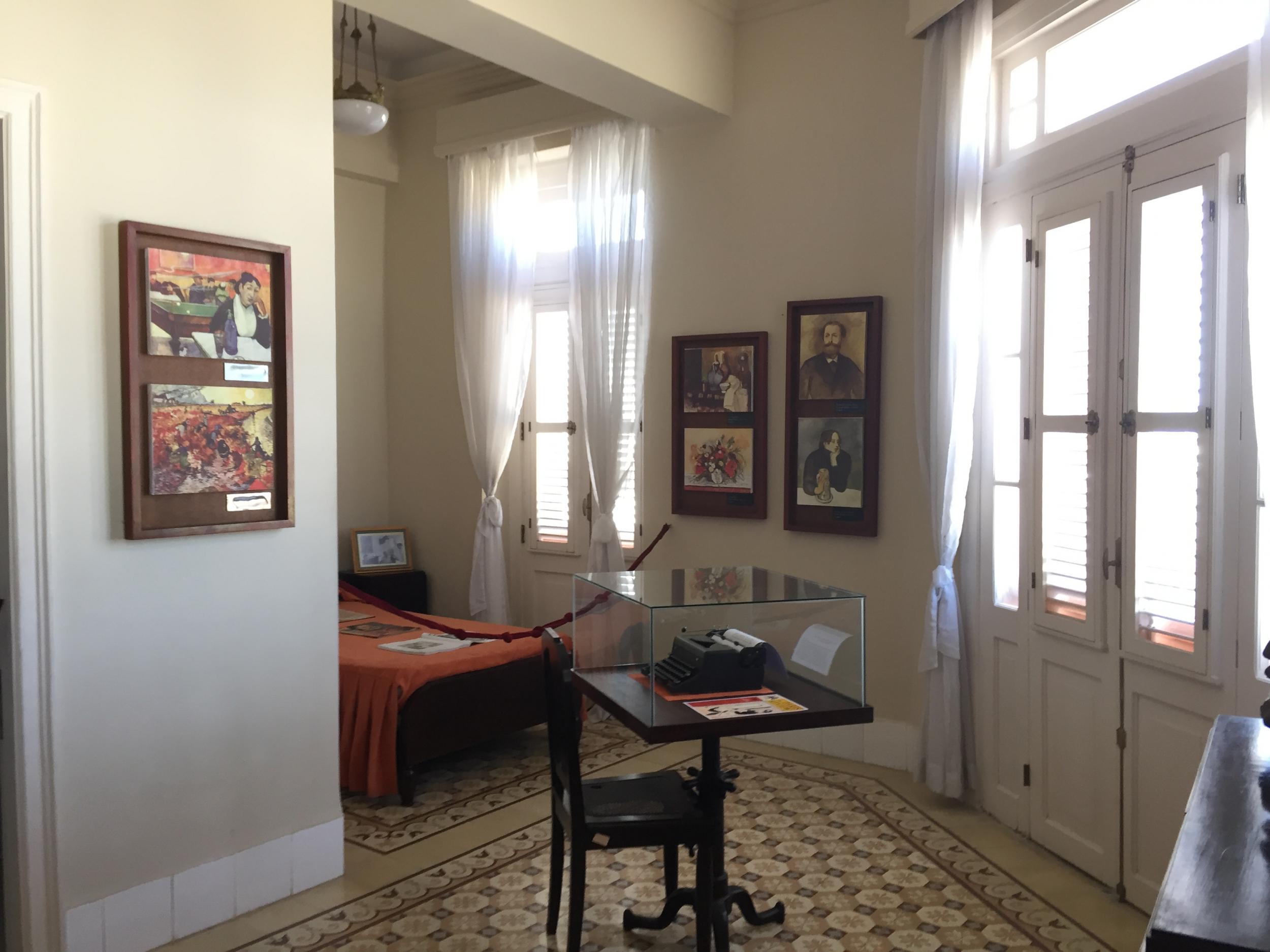
Papa’s bar crawl
Outside, Havana’s 500-year-old streets smelled of wet dog as they steam-dried from a tropical downpour, and I could hear the cacophony of percussive music that is a signature of this soulful city echoing up the alleyways. Finding a perch at La Bodeguita’s little bar, I watched the barman Jorge whip up a batch of mojitos with lime juice, white rum and fresh mint. Cigar smoke mingled with music in the cramped but colourful space, and graffiti was scrawled over every inch of surface. The author’s famous tribute (“My mojito in La Bodeguita, my daiquiri in El Floridita”) is framed above the bar – Havana’s most famous barfly made sure to leave his mark.
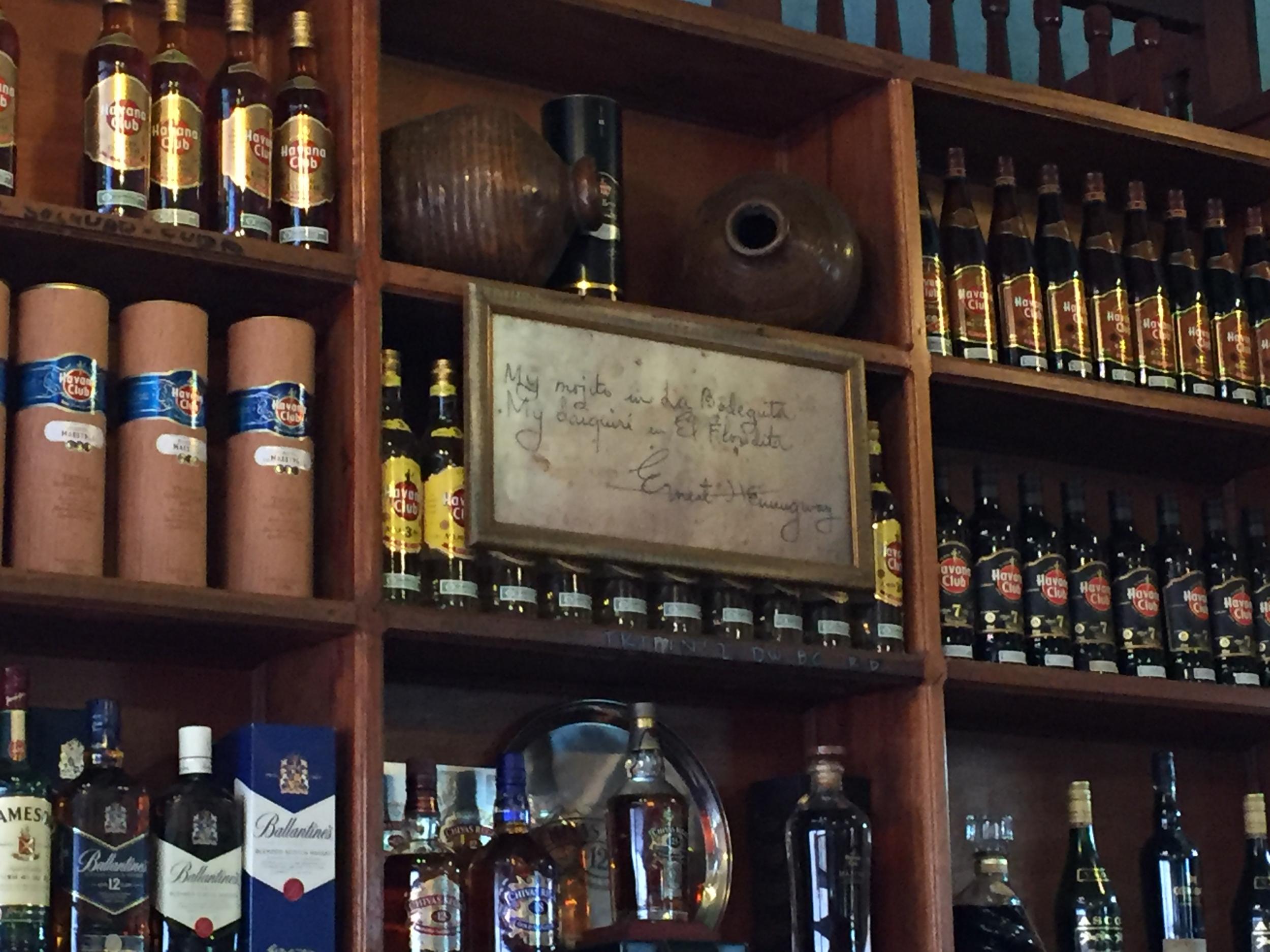
El Floridita’s double frozen daiquiris go down easy. In his book Islands in the Stream, Hemingway says they “had no taste of alcohol and felt, as you drank them, the way downhill glacier skiing feels running through powder snow”. He held court here at the end of the bar with the likes of Spencer Tracey and Errol Flynn. Today his seat is still taken by a life-sized statue, and you can still order the special Papa Doble – Hemingway’s variation on the daiquiri with a double shot of rum and no sugar.
Feeling a little light-headed, I moved on to another Hemingway haunt, Sloppy Joes, a large airy bar dating to 1917 and half-way between El Floridita and the Moorish-style Sevilla hotel. It’s easy to see why writers like Hemingway would revel in Havana’s streets. A magical place full of Dickensian intrigue, its candy-coloured colonial buildings are seemingly propped up with sticks; pensioners dance to “Guantanamera”; neighbours gossip over wrought-iron balconies; and gaping doorways reveal tattoo parlours, barber shops and furniture workshops.

Made in Cuba
Tributes to the author can be found throughout Havana, right down to the modern Marina Hemingway, where the annual Hemingway International Billfishing Tournament is held.
In 1939, Hemingway settled in a permanent home in the nearby town of San Francisco de Paula, a house found by his third wife, the renowned journalist Martha Gellhorn. After Cuba’s 1959 revolution, it is said the US ambassador visited Hemingway’s home three times before the author could be persuaded to leave. He left intending to return and, much like Cuba, his house and all its contents have been frozen in time ever since.
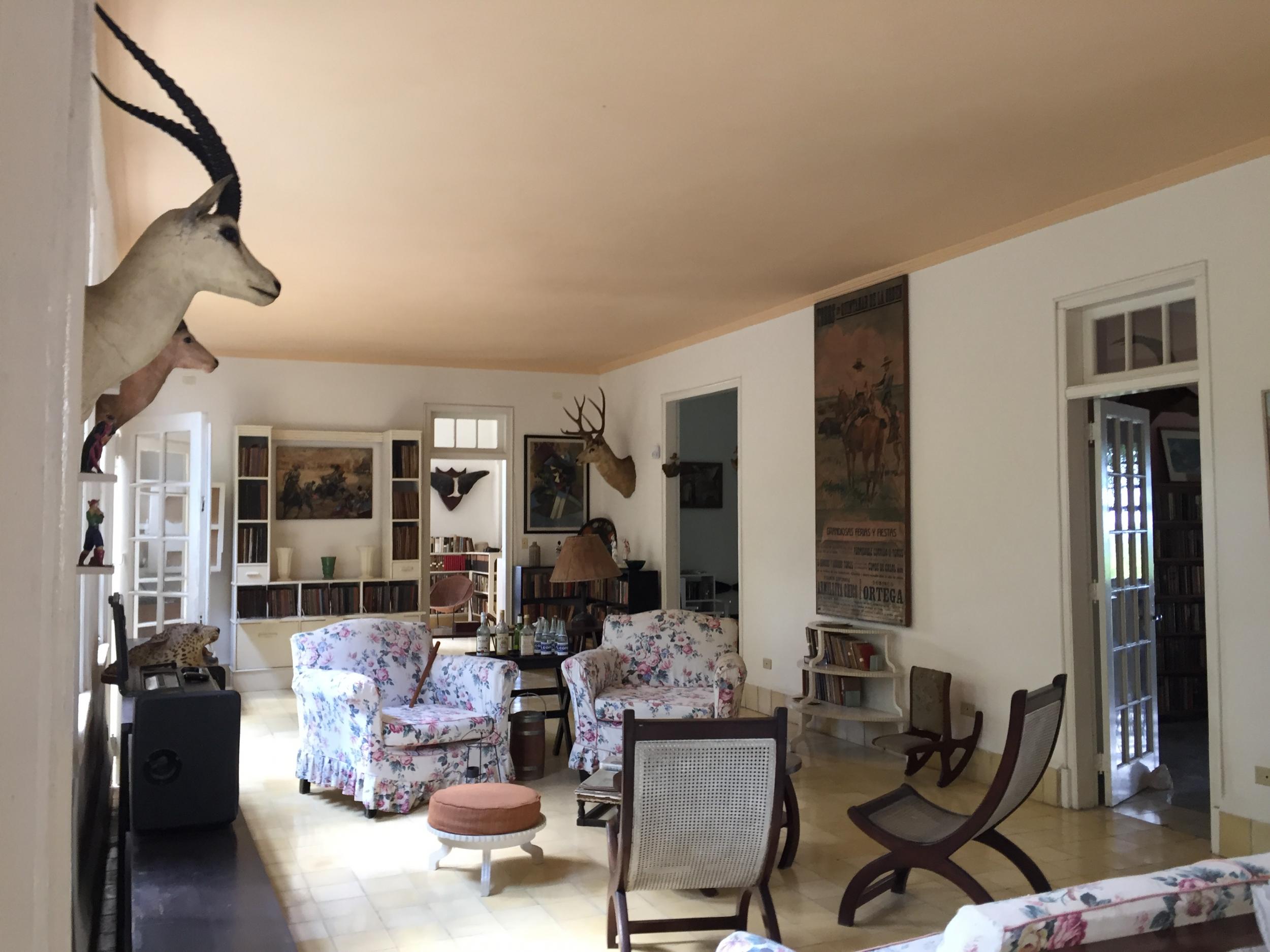
I spent a morning exploring the sun-dappled grounds of the Finca Vigia, or “Lookout Farm”, and its white watchtower, politely taking turns to peer into windows and doorways with a group of US tourists fresh off a cruise ship dwarfing Havana’s harbour. Americans can now visit Cuba to do cultural activities and this group were thrilled to glimpse through the looking glass. “We saw a 1950s diner on the way here, and a whole bunch of classic Chevys – it’s like a living museum,” said one.
The house says a lot about Hemingway. The shelves are stuffed with books, a record collection reveals a love for jazz and classical music, the walls are adorned with taxidermy trophies from Hemingway’s infamous hunting trips, a drinks cabinet still harbours bottles of gin, and in the bedroom is the typewriter at standing height where he worked on For Whom the Bell Tolls, one of his most successful books.
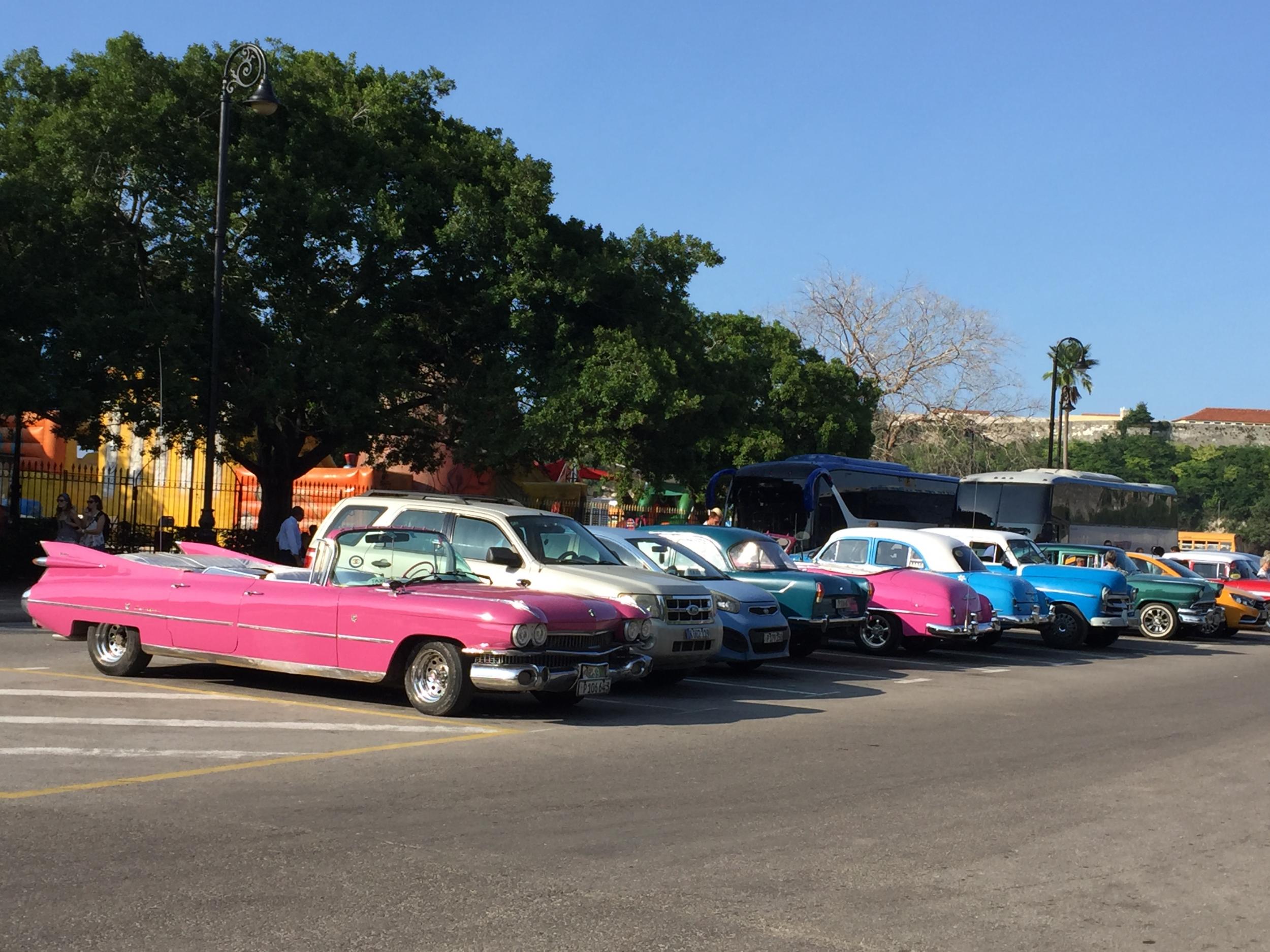
When he wasn’t writing, Hemingway liked to fish for marlin and his sturdy boat, Pilar, is dry-docked next to the empty swimming pool in the Finca’s tropical grounds. He would board the Pilar in the nearby fishing village of Cojimar, a serene cove where he found inspiration for The Old Man and the Sea.
In fact, he dedicated his Nobel Prize for Literature to the town: “This is a prize that belongs in Cuba, because my work was conceived and created in Cuba, with my people of Cojimar where I’m a citizen.” After he died, the locals donated propellers from their boats to be turned into a metal bust of Hemingway, which I found sheltering under a brilliant blue pavilion next to the tiny 17th-century fort.
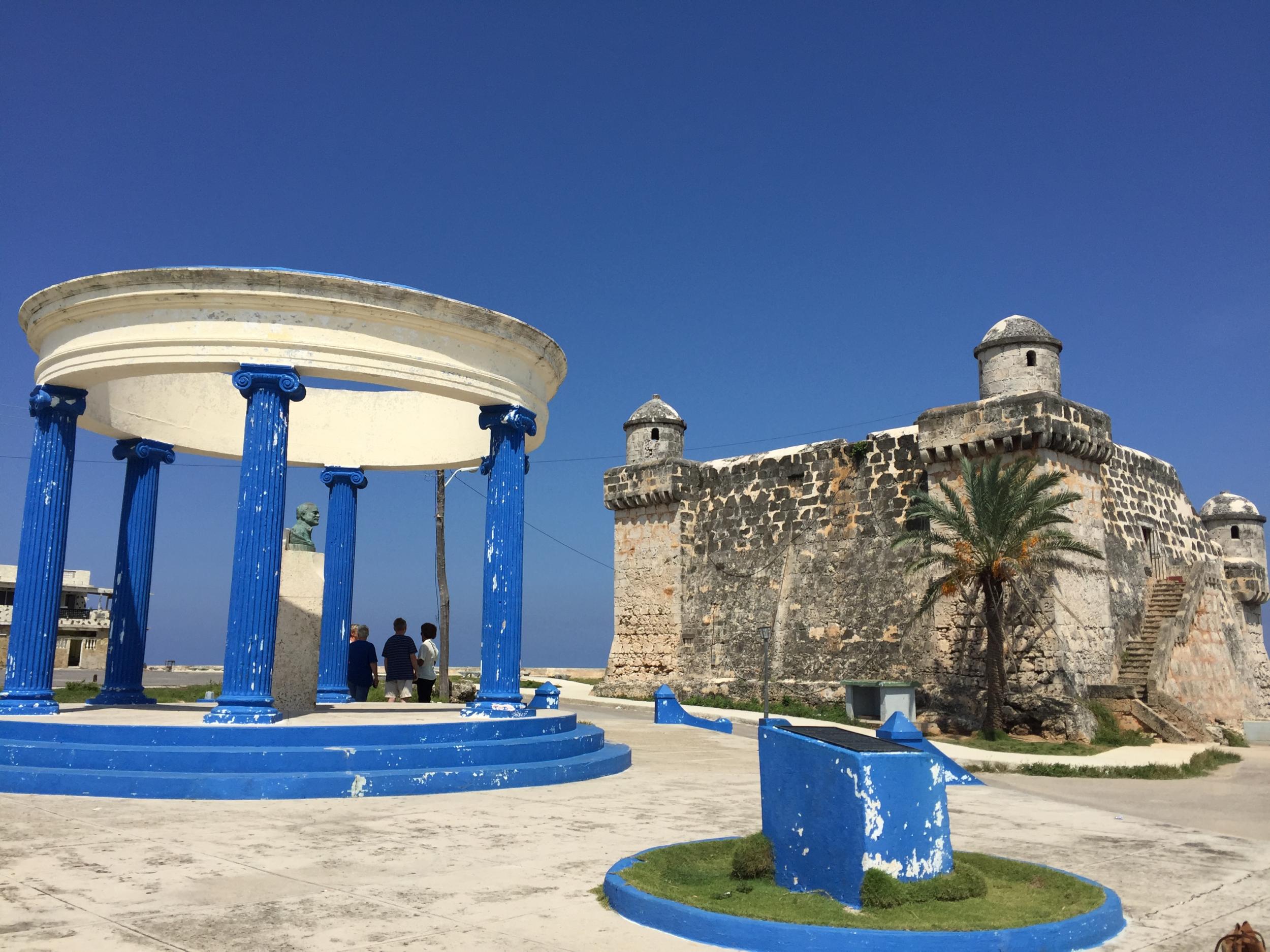
Islands in the stream
Hemingway had a magnificent stomping ground to patrol for marlin in the slip of the 12-mile-wide Gulf Stream on Cuba’s cay-strewn north coast, while his wife Martha preferred to snorkel among the islands’ pristine coral reefs. I set off to explore a few of them, including Cayo Jutias, Cayo Levisa and Cayo Paraiso by boat.
To break the journey, I stopped off at the cigar Shangri-La of Vinales, a two-hour drive away in Cuba’s wild west, to hike among its thatched tobacco barns, russet fields, strange hump-backed mogotes and bat-haunted caves. On a mangrove-encrusted shore, I boarded a boat to cross the shallow straits to Cayo Levisa. It was here, between these idyllic islets of platinum sand and tufted palms, that Hemingway hunted for the big fish. I joined a Club de Buceo scuba boat for an expedition out to the reefs where I hovered above clouds of iridescent fish and plumes of pink and purple coral swaying in the currents.
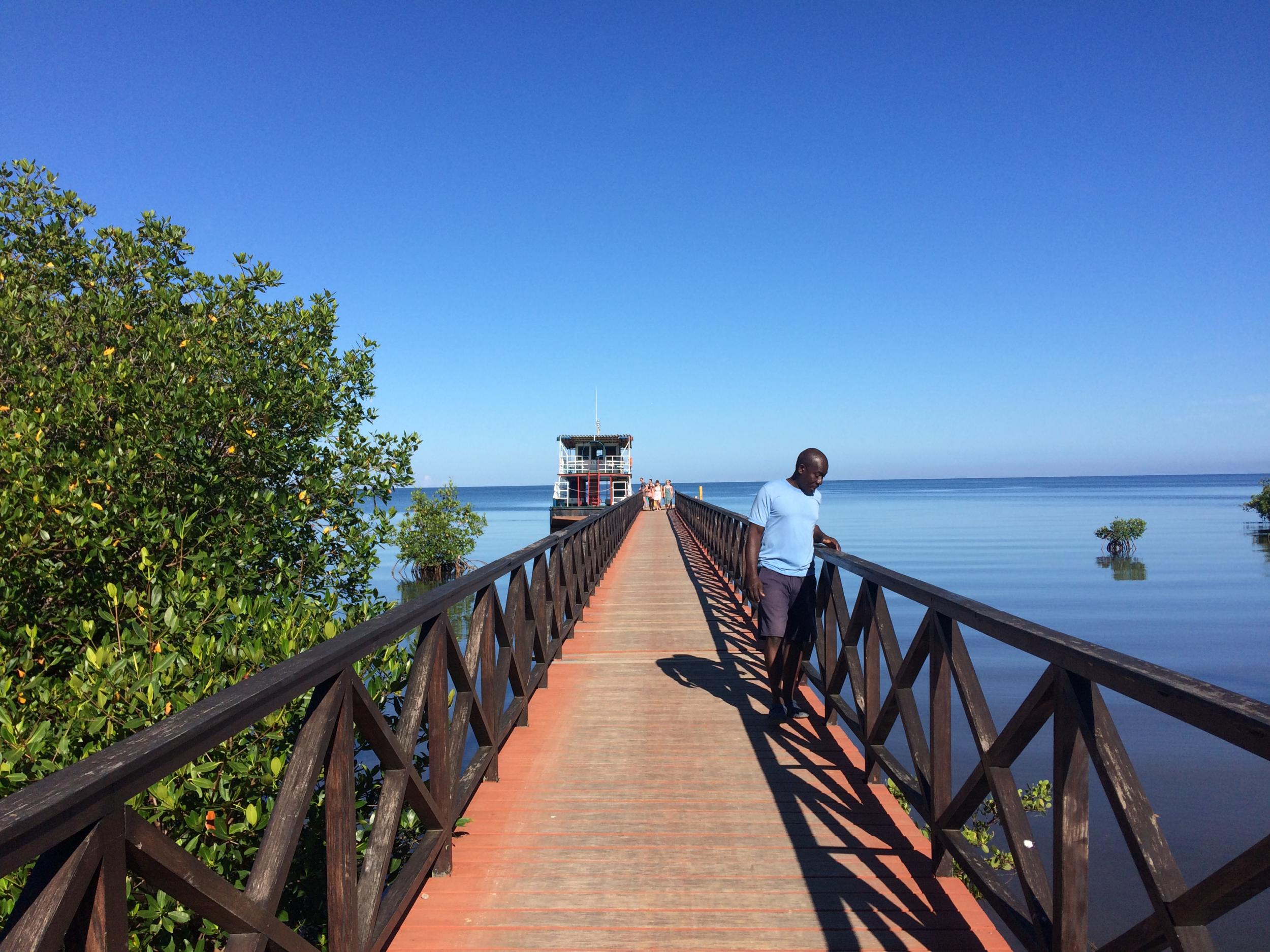
Back in Havana at sunset I joined the locals on the Malecón esplanade, grabbing a cone of fried banana from a snack cart and watching anglers toss lines into the frothing sea. As the sun cast the 1950s seawall in an orange glow, I reflected that following Hemingway’s footsteps in Cuba had equated to an incredible city and beach break, revealing a country little changed from the one Papa knew so well. No wonder he never wanted to leave.
Travel essentials
Cuba Holidays has seven nights’ B&B staying at Hostal Plazuela del Angel in Havana and Villa Vista al Valle in Viñales from £899, including Gatwick-Havana flights with Virgin Atlantic. It also offers its pre-arranged The Old Man and the City tour, covering some of Hemingway’s Havana haunts, and excursions to Cayo Levisa.
Join our commenting forum
Join thought-provoking conversations, follow other Independent readers and see their replies
Comments
Bookmark popover
Removed from bookmarks